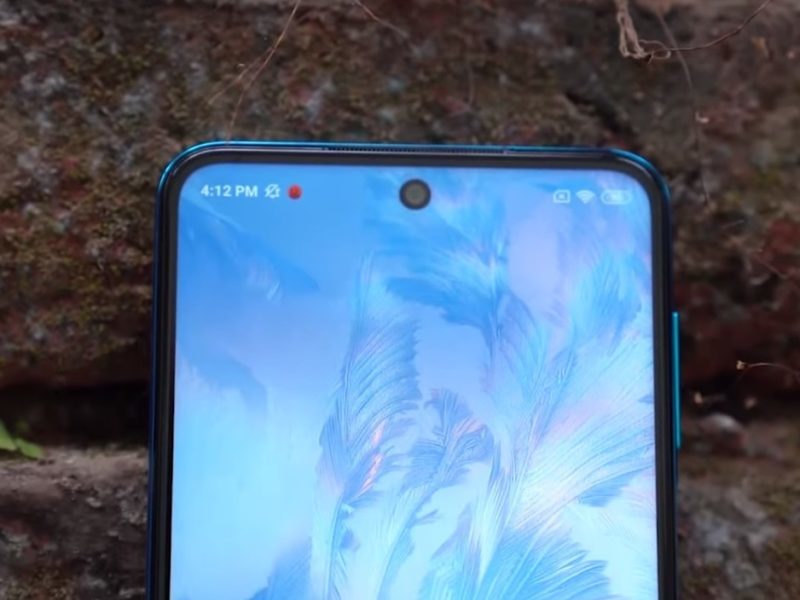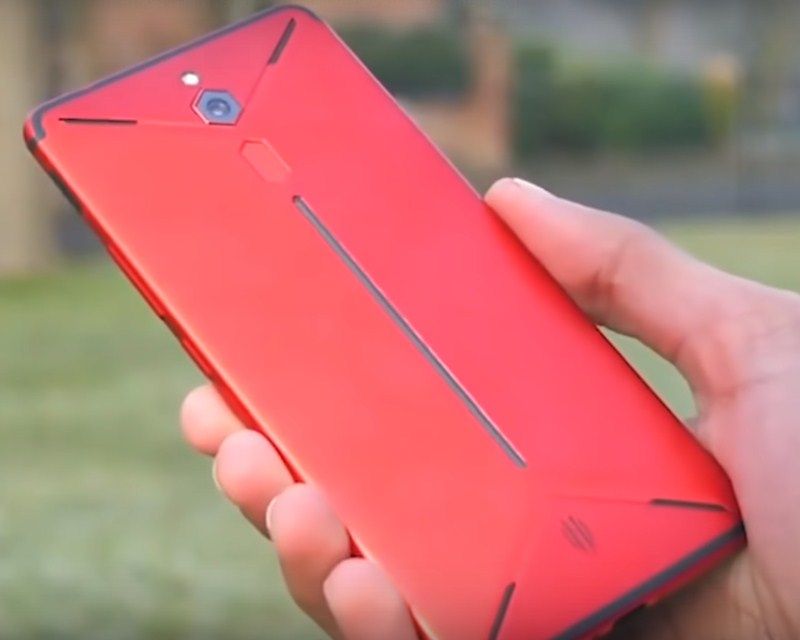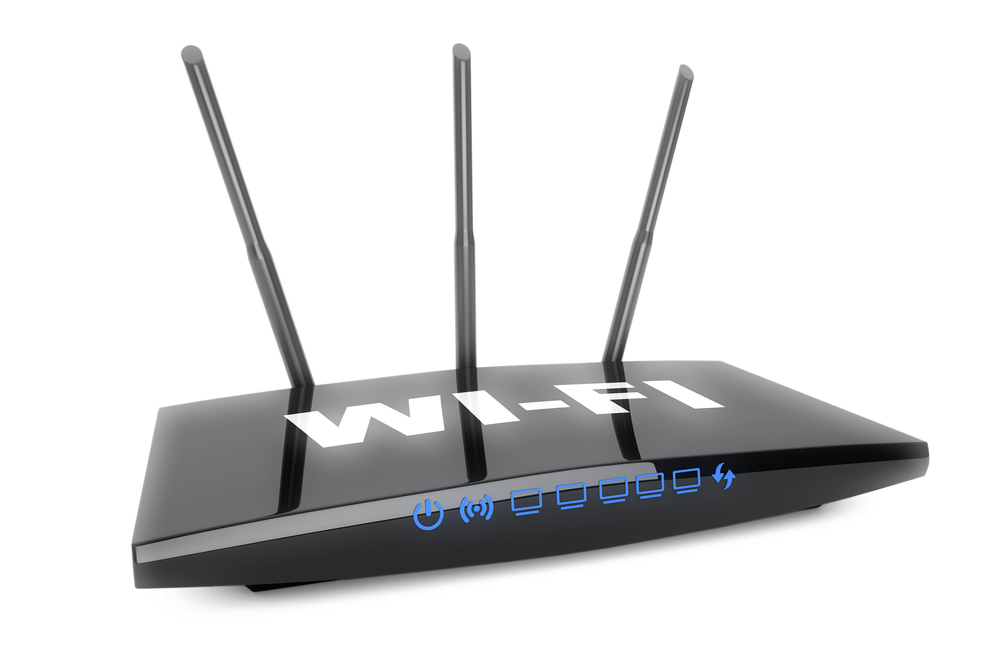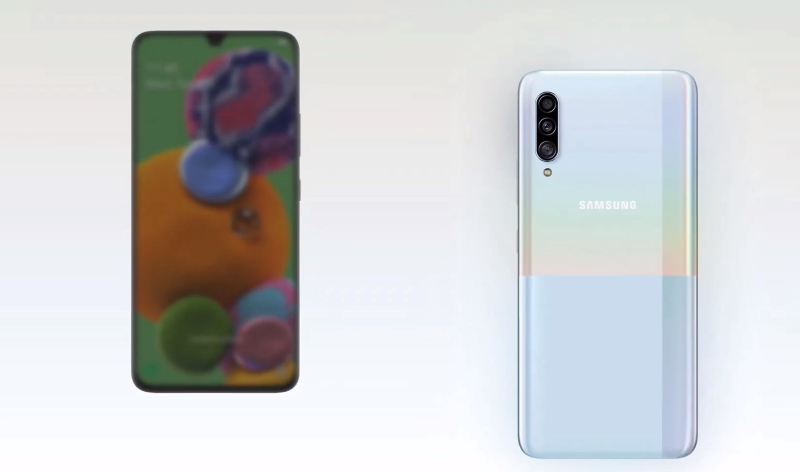Review of smartphones Xiaomi Redmi Note 9 Pro and Xiaomi Redmi Note 9 Pro Max

In the spring of 2020, mobile phone manufacturers have replenished the market with interesting and stylish novelties, flagship and budget. Among them, two models of the Xiaomi Redmi series should be noted: Note 9 Pro and Note 9 Pro Max. The new Redmi Note 9 Pro is already presented on March 12, 2020, the release of the Redmi Note 9 Pro Max is postponed to April. How are the models identical? What are the differences? Let's consider in detail the technical characteristics, advantages, disadvantages of both options and compare them with each other.
Chinese brand Xiaomi
Xiaomi equipment has been known to the Russian buyer for five years. In terms of sales, the company ranks 4th in the PRC and 6th in the world. In our country, the goods are officially sold by the Svyaznoy chain of stores. Since 2016, the Redmi line of smartphones has been launched and is constantly being improved. Devices with a capacious battery, long battery life and high technical capabilities are offered at an affordable cost and belong to the budget. The rest of the company's smartphones are also produced according to the principle of high quality - average price. A feature of Xiaomi devices is the use of MIUI proprietary firmware - the styles of Samsung TouchWiz and Apple iOS perfectly coexist in it. There are two types of devices on the market: on a pure Android operating system and on Android using the MIUI shell.
Xiaomi Redmi Note 9 Pro and Pro Max
Appearance and design
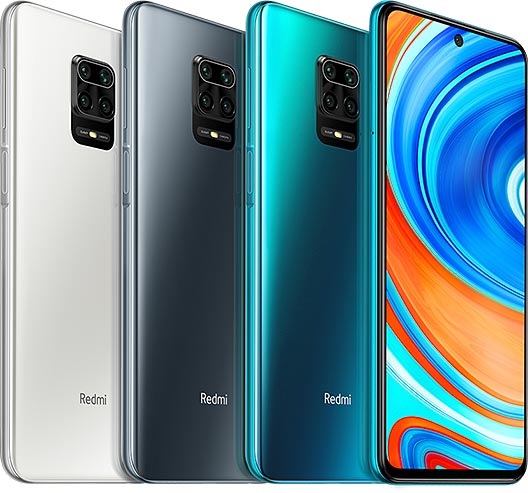
Both models have a classic candybar appearance. The displays look similar: the frames are almost invisible, the chin is slightly wider than the top and side frames, in the center of the screen at the top there is a neat round peephole of the front camera. The dimensions of the Pro Max case are 165.5 x 76.7mm, the dimensions of the Pro are the same: 165.8 x 76.7mm. The ergonomics are good - the devices fit comfortably in a medium-sized hand. Matrix properties and battery capacity do not allow making a device with a small thickness, therefore the thickness of the models is the same and is 8.8 mm. Both devices weigh 209 grams. The bodies and frames of the devices are plastic.
5th generation Gorilla Glass is installed on top of the screens and cases. It protects smartphones from water and splashes, is considered waterproof, but if used carelessly, scratches, cracks and other mechanical damage may appear on top of the glass. For the greatest protection of devices, in order to avoid the appearance of matte fingerprints on the surface, it will be more convenient to put on a silicone case on smartphones. On the left side there is a card slot, on the right side there are power buttons, volume buttons and a fingerprint sensor. Both phones will hit the market in three colors: Aurora Blue, Glacier Ice White and Interstellar Black. The cost of Pro Max is indicated from 180 euros.
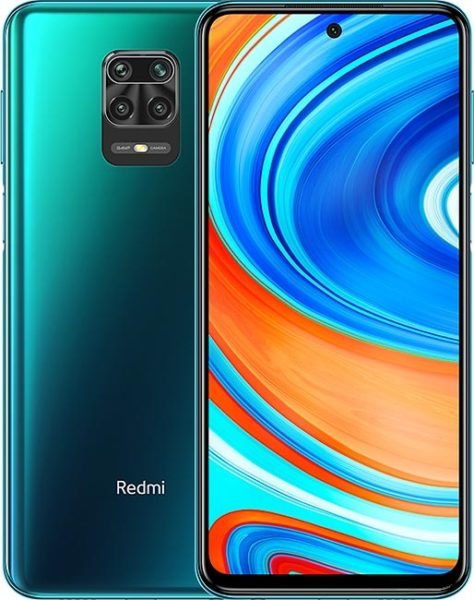
Screens and matrices
Each model is characterized by touch displays with matrices such as IPS LCD, with liquid crystal indicators. Capacitive displays with multitouch function reflect 16 million shades and colors. At the request of the manufacturer, the brightness of the screens varies within 450 units. The IPS matrix prevents the installation of a fingerprint sensor inside the screen. The sensor is mounted on the right side, where the power / lock and volume buttons are located. Products are made with the same display diagonals - 6.67 inches. The total usable area of the screens is 107.4 sq. Cm.The ratio of horizontal to vertical screen sizes is identical and standard, equal to 20: 9, the screen-to-body ratio of the smartphone for the Pro Max is 84.6%, for the 9 Pro - 84.5%. As for the number of pixels per inch of area, they are also equal: for both models, the manufacturer indicates the density of 395 units per inch. The resolution of both screens is the same and equal to 1080 x 2400 pixels, the output is FullHD + format.
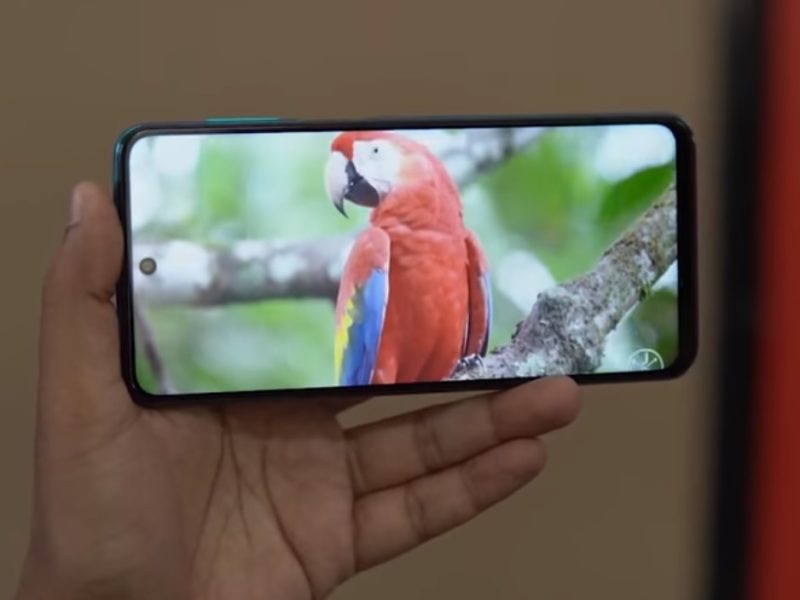
When watching movies, the feeling of being at the screen of a large LCD TV is created. The IPS liquid crystal matrices provide high contrast, lifelike tints and natural color rendition. The picture is smoothed, it is visible in any conditions: both in the dark and in bright sunlight. This is the main advantage of the IPS matrix. Among other advantages, the viewing angles of the display can be noted - they show the picture as much as possible without distorting it. An important aspect is the transfer of deep blacks. Of the minuses, it is worth noting the response time of the screen - IPS has it less than all modern cool matrices such as AMOLED and Super AMOLED. This is not noticeable to the human eye. For liquid crystal matrices, the installation of capacitive storage batteries is characteristic, which provide energy saving and long autonomy of devices.
Processor and memory
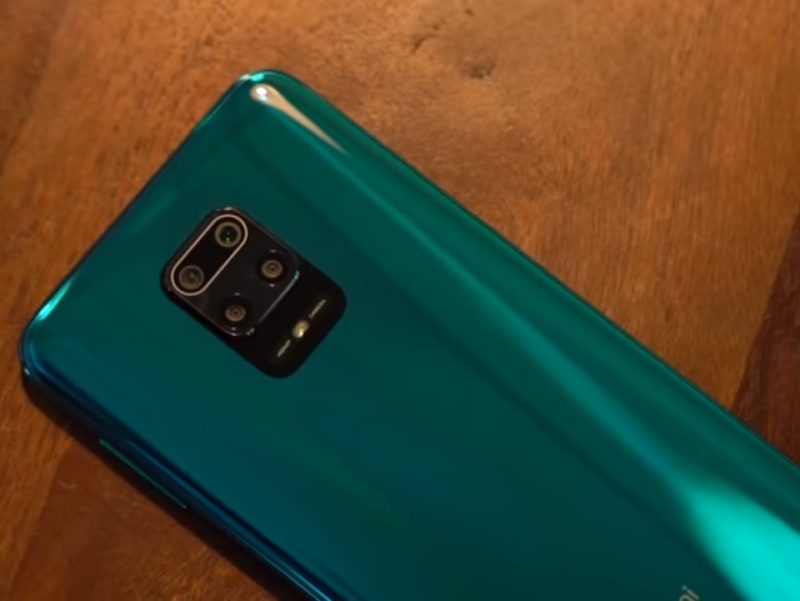
With multimedia shooting, a large amount of photo and video is obtained. To hold and process such information requires a good amount of RAM. Therefore, the Pro Max smartphone provides 6 and 8 GB of RAM, in the Pro - 4/6 GB, tk. cameras in it are of lower resolution. It is controlled by an 8-core Octa-core processor with Qualcomm SM7125 Snapdragon 720G chipset in 8nm process technology, with powerful GPU Adreno 618 graphics. The accelerator is responsible for smooth operation when scrolling through the menu and Internet pages. The core architecture is as follows: two Kryo 465 Gold cores with a frequency of 2.3 GHz, six Kryo 465 Silver cores operate at a frequency of 1.8 GHz. On the market there are Pro Max models with UFS 2.1 memory of 64/6, 128/6, 128/8 GB, Pro models with 64/4, 128/6 GB volumes. The new products have a dedicated slot for installing a microSDXC card with additional memory up to 512 GB. The operating system used Android 10.0 is decorated with its own development - MIUI 11. The shell is similar to the joint solutions of IOS and Android, includes an accessible easy menu, proprietary applications, improves the performance of devices.
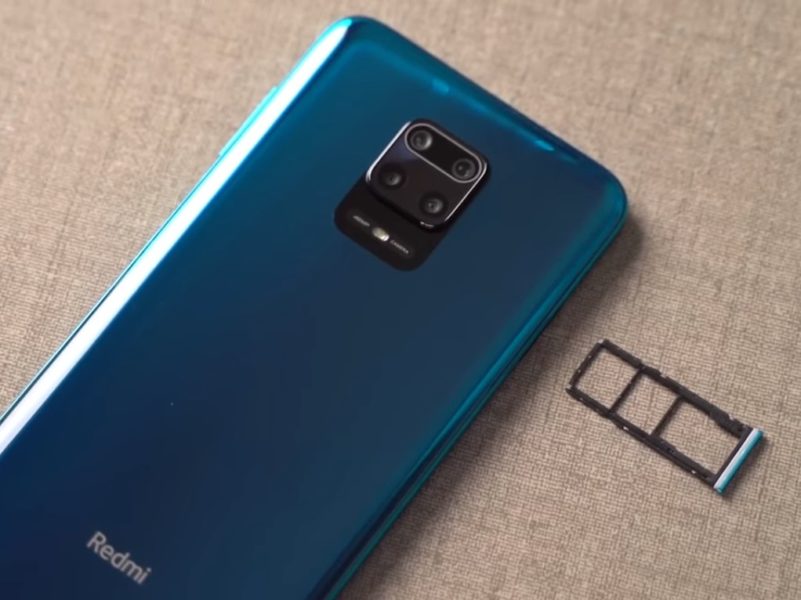
Wired and wireless technologies
Smartphones operate on three main network technologies - 2G GSM, 3G HSPA, 4G LTE; data transmission is carried out at HSPA speed 42.2 / 5.76 Mbit / s. The slot accepts one or two Nano-SIM cards operating in dual standby mode. Among the wireless technologies are Bluetooth 5.0, dual-band Wi-Fi 802.11, with access point and Wi-Fi Direct, infrared sensor. Antennas are built inside for listening to FM radio, there is a recording function for it. The search is carried out using GPS navigation systems, with A-GPS, GALILEO, GLONASS, BDS, NavIC. Among wired communications, there is a USB 2.0 connector, a reversible Type-C 1.0, a mini-Jack with a diameter of 3.5 mm for connecting a headset.
Battery
A non-removable Li-Po battery with a capacity of 5020 mAh ensures long-term autonomy of both devices. According to the manufacturer, 33W fast charging will charge the devices in half an hour from zero to 50%. You will have to check the information only after purchasing one of the devices.
Multimedia and macro cameras
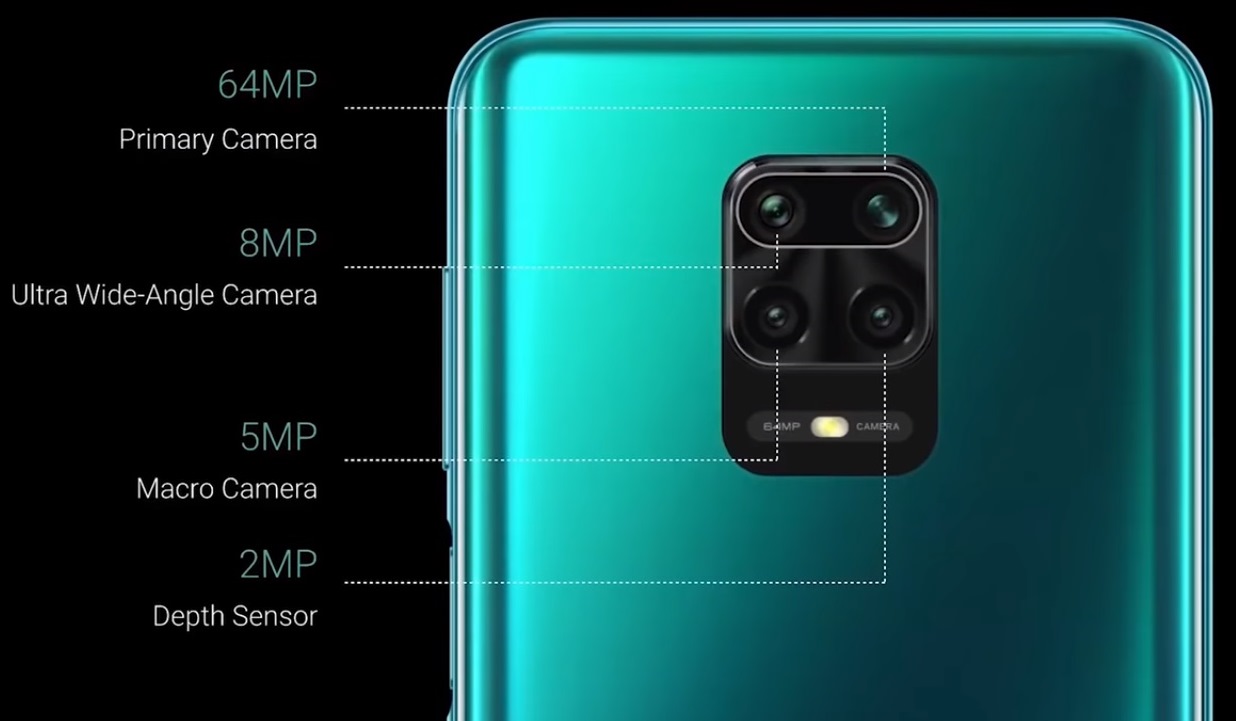
The new products have single front cameras under the display and tetra-blocks on the back with the main cameras. Cameras provide high quality, excellent detailing of photos and videos in different lighting conditions and in different shooting modes. The manufacturer presented new items, focusing on the professional capabilities of lenses. The Pro Max main unit contains: the main wide-angle module Samsung GW1, 64MP with 1.9 aperture and autofocus mode, 8MP ultra wide lens, 5MP macro camera with 2.4 aperture and 2MP depth sensor for portrait shooting. The cameras have high-quality shooting modes HDR, panorama and LED flash. The output is video of the following dimensions: 2160pix x 30 fps, 1080pix x 30/60/120 fps, 720pix x 960 fps.The EIS stabilizer fixes the movement of the device along three planes, making the image clearer and more stable.
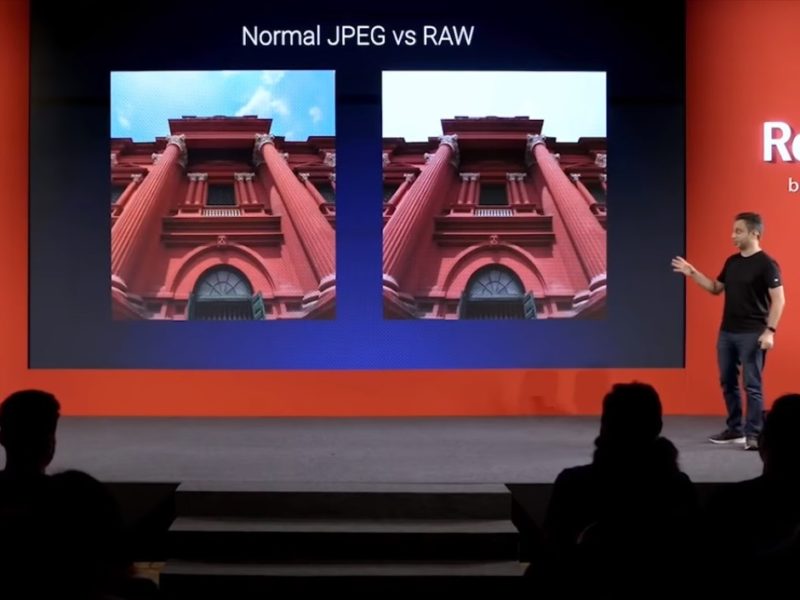
The smartphone saves photos in uncompressed RAW format. The format contains raw information that comes directly from the camera sensor. Further, with the help of photo editors, you can carry out any processing of images. If you just need to take a high-quality photo and send it immediately, for example, to Instagram, there is a Pro Color function that makes photos more detailed and vivid.

The ultra-wide camera captures a 119-degree field of view. Pictures through it are lighter and more detailed than on smartphones from other companies.
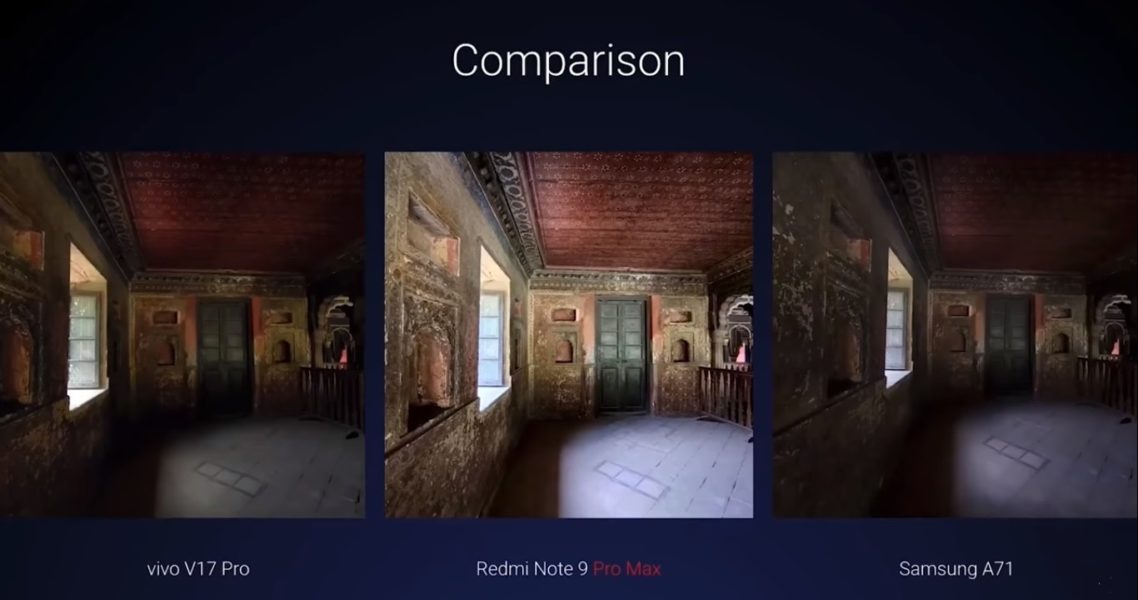
A macro camera will allow you to photograph an object at a distance of 2 - 10 cm. Portrait photography is performed with the bokeh effect, when the face looks sharp, and the picture around is blurred, and the frame looks lively. The front camera has a 32 megapixel lens, with support for artificial intelligence, provides the ability to shoot HDR, panoramic mode. It can shoot video clips at 1080p x 30 frames per second. The cameras in the Pro model are identical except for two modules. The main camera on the main unit has a resolution of 48 MP, the selfie camera is 16 MP. The rest of the lenses work with the same features and modes as the Pro Max. The video format and capabilities are the same in both devices.
Additional functions
Smartphones have built-in standard sensors: accelerometer, compass, proximity sensor, stabilizer. A fingerprint sensor is mounted on the side.
Comparative characteristics of smartphones
| Parameters | Xiaomi Redmi Note 9 Pro | Xiaomi Redmi Note 9 Pro Max |
|---|---|---|
| Using SIM cards | 1 Nano-SIM or Dual SIM, dual standby | 1 Nano-SIM or Dual SIM, dual standby |
| Number of cameras | 4 + 1 | 4 + 1 |
| Screen resolution | 1080x2400 Pix | 1080x2400 Pix |
| Display type | IPS LCD | IPS LCD |
| Screen type | capacitive, touch, 16mln | capacitive, touch, 16mln |
| Additional screen functions | brightness 450 nits | brightness 450 nits |
| Screen protection | Gorilla Glass 5 | Gorilla Glass 5 |
| Rear glass | Gorilla Glass 5 | Gorilla Glass 5 |
| Housing | waterproof | waterproof |
| Frame material | Plastic | Plastic |
| Screen size | 6.67 inches | 6.67 inches |
| CPU | Octa-core, 8 cores, 2 + 6 | Octa-core, 8 cores, 2 + 6 |
| Chipset | Qualcomm SM7125 Snapdragon 720G (8nm) | Qualcomm SM7125 Snapdragon 720G (8nm) |
| operating system | Android 10.0; MIUI 11 | Android 10.0; MIUI 11 |
| RAM | 4/6 GB | 6/8 GB |
| Built-in memory | 64/128 GB | 64/128 GB |
| Memory card and capacity | microSDXC, up to 512 GB | microSDXC, up to 512 GB |
| Network technologies | GSM / HSPA / LTE | GSM / HSPA / LTE |
| Navigation | GPS, A-GPS, GLONAS, BDS, GALILEO, NavIC | GPS, A-GPS, GLONAS, BDS, GALILEO, NavIC |
| Wireless interfaces | Wi-Fi 802.11 a / b / g / n / ac, dual-band, Wi-Fi Direct, hotspot, Bluetooth 5.0, A2DP, LE | Wi-Fi 802.11 a / b / g / n / ac, dual-band, Wi-Fi Direct, hotspot, Bluetooth 5.0, A2DP, LE |
| NFC | not | not |
| Wired interfaces | USB 2.0, Type-C 1.0 reversible connector | USB 2.0, Type-C 1.0 reversible connector |
| Battery | Non-removable Li-Po | Non-removable Li-Po |
| Battery capacity | 5020 mAh | 5020 mAh |
| Accumulator charging | fast 18 W | fast 33 W |
| Main camera | 48MP + 8MP + 5MP + 2MP | 64MP + 8MP + 5MP + 2MP |
| Features: | LED flash, HDR, panorama | LED flash, HDR, panorama |
| Shooting modes | 2160 p * 30 fps, 1080 p * 30/60/120 fps, 720 p * 960 fps, gyroscope-EIS | 2160 p * 30 fps, 1080 p * 30/60/120 fps, 720 p * 960 fps, gyroscope-EIS |
| Front-camera | 16 megapixels | 32 megapixels |
| Features: | HDR, panorama | HDR, panorama |
| Shooting modes | 1080p / 30fps | 1080p / 30fps |
| Microphone and speakers | yes, loudspeaker | yes, loudspeaker |
| 3.5mm headphone jack | Yes | Yes |
| Additional functions | accelerometer, proximity sensor, compass, fingerprint sensor (side mount), gyroscope | accelerometer, proximity sensor, compass, fingerprint sensor (side mount), gyroscope |
| Radio | FM radio, recording | FM radio, recording |
| dimensions | 165.8 x 76.7 x 8.8 mm | 165.5 x 76.7 x 8.8 mm |
| Weight | 209gr | 209gr |
| Price, Euro | 210 | 180 |

- classic appearance;
- good ergonomics;
- price-quality ratio;
- excellent multitasking;
- large screen;
- affordable cost;
- high-capacity battery;
- high-resolution cameras and their number;
- waterproof case;
- protective glass is installed on the screen and on the case cover;
- photos with high detail;
- FullHD + resolution;
- the ability to shoot at different times of the day, with and without lighting;
- wide viewing angle and high color rendering;
- the screen does not glare in the sun - the picture is fully visible;
- heavy loads do not heat up the device;
- long battery life;
- large amount of RAM and built-in memory;
- the memory of devices can be increased by installing a card;
- there is an infrared port;
- there is a 3.5mm headset jack;
- built-in radio with recording function.
- glass is susceptible to mechanical damage and scratches;
- there is no cover included;
- plastic frame;
- there is no NFC chip to pay for purchases without a bank card.
Conclusion
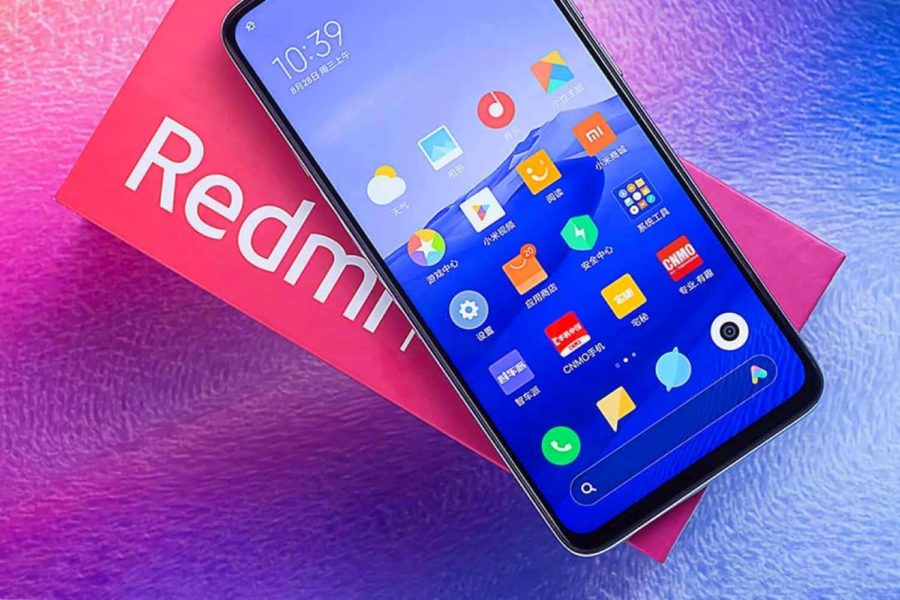
Comparing the cameras of both models, the cooler lenses on the Pro Max should be noted. Accordingly, the RAM of the devices is also different. The rest of the features, built-in functions, battery size, battery life are the same. Smartphones have professional cameras and maximum performance. With flagship parameters, the cost of the devices is low, they are available to every buyer.
new entries
Categories
Useful
Popular articles
-

Top rating of the best and inexpensive scooters up to 50 cubic meters in 2020
Views: 97661 -

Rating of the best materials for noise insulation for an apartment in 2020
Views: 95022 -

Rating of cheap analogues of expensive medicines for flu and colds for 2020
Views: 91751 -

The best men's running shoes in 2020
Views: 87680 -

Top ranking of the best smartwatches 2020 - price-quality
Views: 85091 -

Best Complex Vitamins in 2020
Views: 84801 -

The best dye for gray hair - 2020 top ranking
Views: 82406 -

Rating of the best wood paints for interior use in 2020
Views: 77202 -

Ranking of the best action cameras from China in 2020
Views: 75269 -

Rating of the best spinning reels in 2020
Views: 74827 -

The most effective calcium supplements for adults and children in 2020
Views: 72462 -

Top rating of the best means for male potency in 2020 with a description
Views: 68296
